In the diverse and deeply spiritual worlds of Hinduism and Buddhism, there are numerous symbols that hold profound significance. Two of the most revered are the Shaligram and the Shivling. Though they may seem similar at first glance. These sacred objects carry unique meanings and are used in different ways in spiritual practices.
For those who are keen on exploring the intricate details of these symbols, understanding the difference between the Shaligram and the Shivling can deepen one’s appreciation for their spiritual journey. This blog aims to shed light on both, using clear language to explain their origins, purposes, and importance, while also highlighting how they connect with other spiritual elements like Rudraksha beads.
What is a Shaligram?
Historical and Mythological Background of Shaligram
The Shaligram is a naturally occurring fossil stone found predominantly in the Gandaki River of Nepal. It holds immense significance in Hinduism, especially in the worship of Lord Vishnu, the preserver of the universe. These stones are considered sacred because they are believed to embody Vishnu himself. Unlike man-made idols, the Shaligram is a natural form that symbolizes the divine, making it one of the purest objects for spiritual rituals.
According to Hindu mythology, the Shaligram is associated with a fascinating story. It is said that Vishnu transformed himself into a stone to protect his devotee and thus became an eternal object of worship. In addition, the sacred texts such as the Skanda Purana and Padma Purana extensively mention the Shaligram, attesting to its divine origin and spiritual importance.
Types of Shaligrams and Their Unique Features
Shaligrams come in various shapes and forms, each representing different avatars of Vishnu. For example, the Sudarsana Shaligram is associated with Vishnu’s chakra, while the Lakshmi Narayan Shaligram represents the union of Vishnu with his consort, Lakshmi. These stones have distinct patterns, often resembling a wheel or spiral, which make them easy to identify.
The value of a Shaligram goes beyond its physical appearance. Its inherent energy and spiritual power make it an essential object for rituals, meditation, and worship. In fact, having a Shaligram in one’s home is considered auspicious, as it is believed to bring peace, prosperity, and protection.
What is a Shivling?
Origin and Significance of the Shivling
On the other hand, the Shivling, or Lingam, is a symbolic representation of Lord Shiva, one of the principal deities of Hinduism. Shiva, the destroyer and transformer, is worshipped in this abstract form, which represents both the formless and the universal. Unlike the Shaligram, which is a naturally formed fossil, the Shivling is typically man-made and crafted from stone or metal.
The term “Lingam” translates to “sign” or “symbol,” and the Shivling is regarded as a representation of the divine energy of Shiva. It is not just a symbol of creation but also of destruction and renewal, embodying the cyclical nature of life. The Shivling is a common sight in temples and homes alike, where it serves as a focal point of worship, especially during the auspicious festival of Maha Shivaratri.
Types of Shivlings and Their Variations
There are several types of Shivlings, each with its own spiritual significance. The Jyotirlingas, for example, are revered across India as manifestations of Lord Shiva in his most powerful form. These twelve Jyotirlingas are spread across sacred sites, and each holds immense spiritual power.
In addition to these, there are Banalingas, which are naturally occurring stones found in the Narmada River. These are similar to Shaligrams in that they are not crafted by hand but are worshipped due to their natural formation. The key difference, however, lies in their association with Shiva rather than Vishnu.
The Key Differences Between Shaligram and Shivling
Deities They Represent
The most obvious difference between the Shaligram and the Shivling is the deity they are associated with. While the Shaligram is worshipped as an embodiment of Vishnu, the Shivling is revered as a representation of Shiva. This distinction is crucial, as the practices, mantras, and rituals surrounding these two objects differ significantly based on the deity being worshipped.
Natural vs. Man-Made Forms
Another major difference lies in their formation. Shaligrams are naturally formed stones, typically found in the Gandaki River, and are revered for their organic creation by nature itself. Shivlings, on the other hand, are often crafted by artisans from various materials such as stone, marble, or even metals like gold and silver. While natural Banalingas do exist, most Shivlings found in temples and homes are man-made.
Worship and Rituals
The rituals associated with the worship of Shaligrams and Shivlings also differ. When worshipping a Shaligram, devotees often perform Abhishek (ritual bathing) using sacred substances such as milk, curd, and honey. Chanting of Vishnu mantras, like the Vishnu Sahasranama, is common during these rituals. The Shaligram is often paired with Tulsi leaves, which are sacred to Lord Vishnu.
In contrast, the worship of the Shivling involves offerings of Bel leaves, water, and Bhasma (sacred ash). The Maha Mrityunjaya Mantra, one of the most powerful Shiva mantras, is often chanted during the Shivling’s Abhishek. Making the worship deeply connected to the transformative power of Lord Shiva.
Connecting Shaligram, Shivling, and Rudraksha
Rudraksha: The Spiritual Bridge
Interestingly, the connection between the Shaligram, Shivling, and Rudraksha beads forms a unique spiritual triangle. Rudraksha, the sacred seed associated with Lord Shiva, is worn by many devotees for protection, inner peace, and spiritual awakening. While Rudraksha is directly related to Shiva, it can also be used by devotees of Vishnu who worship the Shaligram.
This symbolic overlap reflects the interconnectedness of Hindu spirituality. Where different deities and symbols come together to form a holistic belief system. Wearing Rudraksha while worshipping the Shaligram or Shivling is believed to enhance spiritual vibrations. Providing the wearer with both divine protection and inner clarity.
Embracing Both Shaligram and Shivling in Your Spiritual Journey
Whether you are drawn to the protective energy of the Shaligram or the transformative power of the Shivling. Both symbols offer a pathway to deepening your connection with the divine. These sacred objects, when used in rituals or meditation, can enhance your spiritual growth and align you with the higher forces of the universe.
If you are interested in exploring these powerful symbols further, you can find authentic Shaligrams, Shivlings, and Rudraksha beads at spiritualguru.lk. Dive deeper into your spiritual practice by welcoming these sacred objects into your life and experience the transformative power they bring.

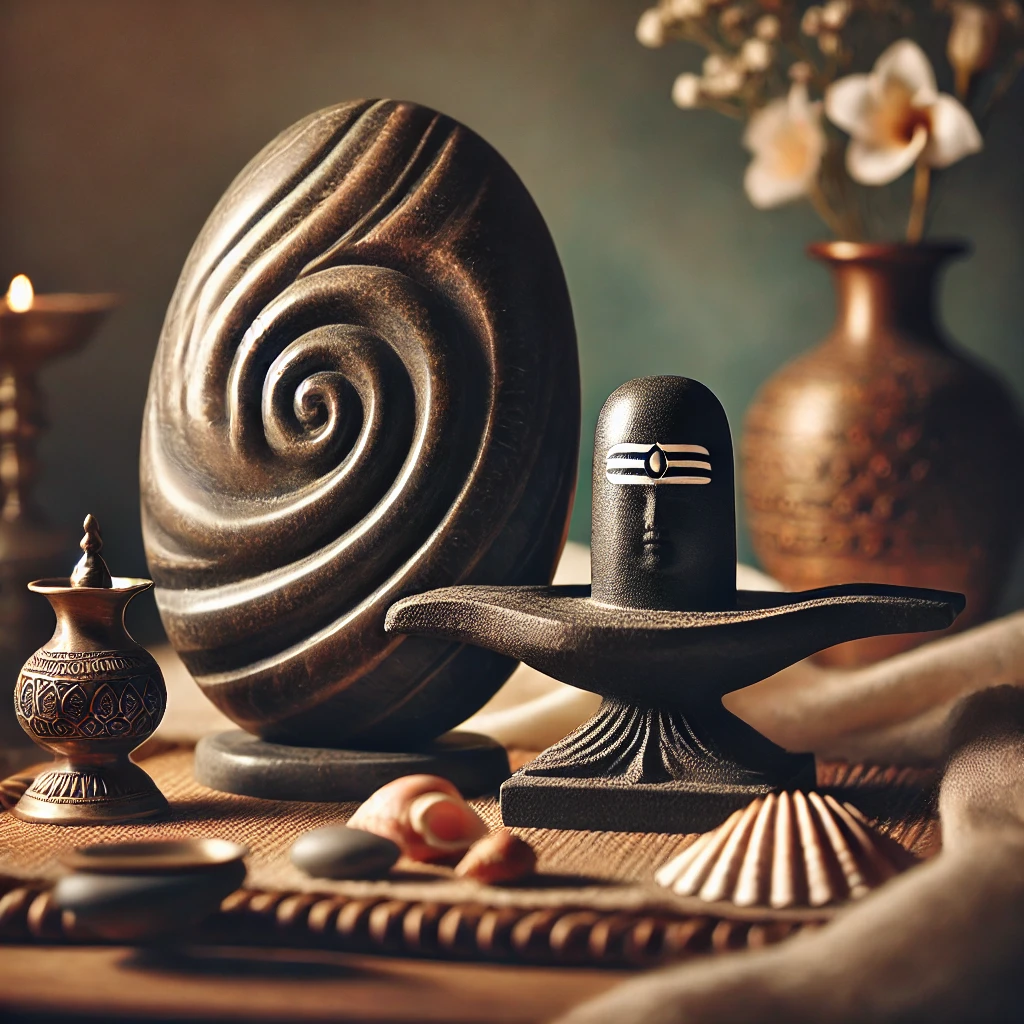
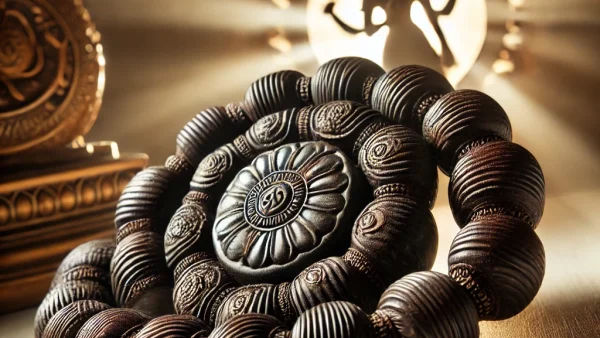
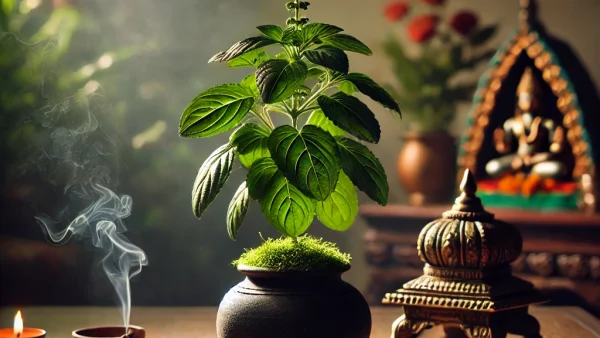
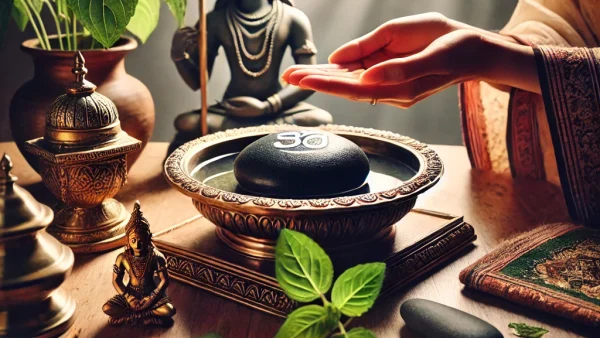
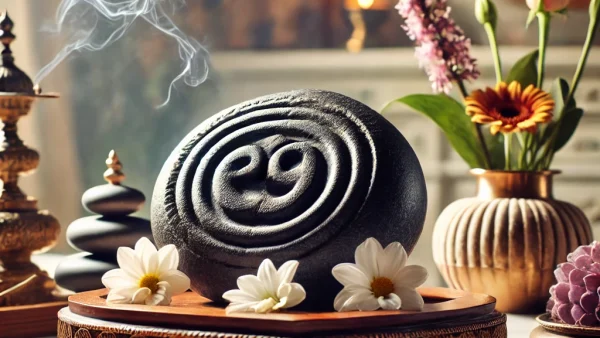

Leave a comment